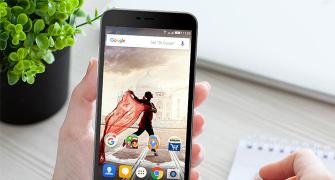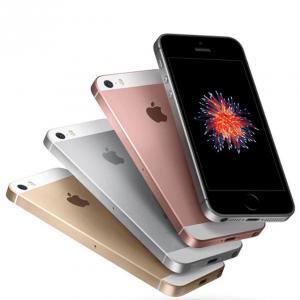The Galaxy S7 is one of the most polished product to have been released by Samsung, says Himanshu Juneja
With the release of its 2016 flagship models, Samsung has made it clear that it is not going to get involved in the frenzy of releasing groundbreaking features with every flagship release.
The Samsung Galaxy S7 amply depicts the mature stance of the company as the phone looks about identical to the last year's Galaxy S6. With subtle and ergonomic design change, a new and improved imaging system, and vastly improved battery performance, the phone looks more polished in every aspect.
How long will this go in establishing Samsung as an evolving brand? Its new Dual Pixel technology itself makes a compelling case for a closer inspection.
Display
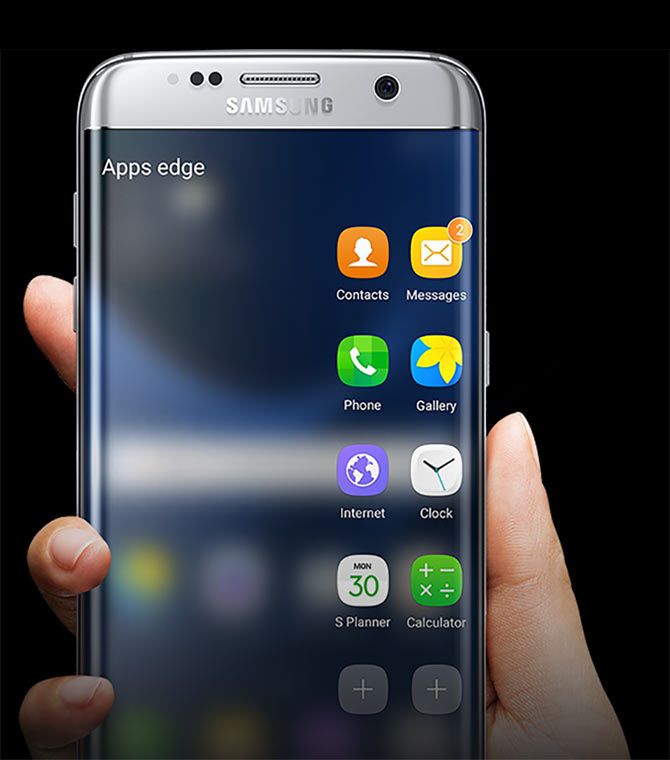
The Galaxy S7 comes with a 5.1-inch display, the QHD resolution of 1440 x 2560p making the pixel density go to a whopping ~577 ppi. The SUPER AMOLED technology has been included as well. One look at the screen is enough to exude high praises. This definitely is class leading stuff right here.
The content comes up in a crisp and vivid fashion, but what also will wow the audience are the great viewing angles. Samsung has included the 'always-on' display technology, enabling the users to glance at the screen at any time to get updates on the notifications, or even the time. It is not perfect as it lacks customisation options, but thankfully Samsung's take on Moto Display can be turned off, if the user desires.
While having a curved display has its advantages, a regular flat screen has its own plus points as well. Having less reflection and ease of accessing buttons being a few. It is good to see Samsung having both the options for the flagships, as it is a win-win situation for the customers. The Galaxy S7 though carries a better contrast on its display when compared directly with the Galaxy S7 Edge.
Construction

Right out of the box, the Galaxy S7 oozes class and sophistication. Despite having some added girth in its new avatar, the handset doesn't seem overbearing. The corning Gorilla Glass 4 back panel along with its aluminium frame is less prone to damages.
Measuring 5.61 x 2.74 x 0.31 inches and 152 gms, the handset doesn't feel ungainly. A good deal of the credit goes to the curved back, which has its roots from the days of Samsung's Note 5. Also, the back panel has been made more flatter and the camera module is now greatly regressed. These are worthy
changes.
On popular demand, Samsung brought back features like microSD card, and included the IP68 certification for good measure, making the phone dust proof and water resistant upto 1.5 meters, for about 30 minutes.
As for button placement, at the top edge one finds the hybrid tray for holding the SIM cards and/or the microSD card. The power button is located on the right edge, while the volume buttons have been assigned to the left edge. At the bottom, one finds the 3.5 mm audio jack, the speaker grille, and the microUSB port. Yes, Samsung decided that it is still not time for the Type C connector to be declared mainstream, and this move just might pay off.
The home button has been made less conspicuous with the omission of metal trim. Of course it has got the finger print integrated. Samsung has indeed done a commendable job with the construction.
Specifications
The Indian edition of the Galaxy S7 is powered by Samsung's own Exynos 8890 SoC, coupled with Mali T880 MP12 GPU. The Octa core CPU set up consists of a Quad Core Mongoose clocked at 2.3 GHs, while the other four cores of Cortex A53 have been clocked at 1.6 Ghz.
This powerful configuration is ably assisted by 4 GB of RAM. Samsung decided to provide only the 32 GB storage capacity model in India. Just for the record, there also exists a 64 GB model, but the microSD card slot should compensate for that, as users can add upto 2 TB of extra storage.
It is a pity that such high capacity cards are yet to see the light of the day.
Connectivity
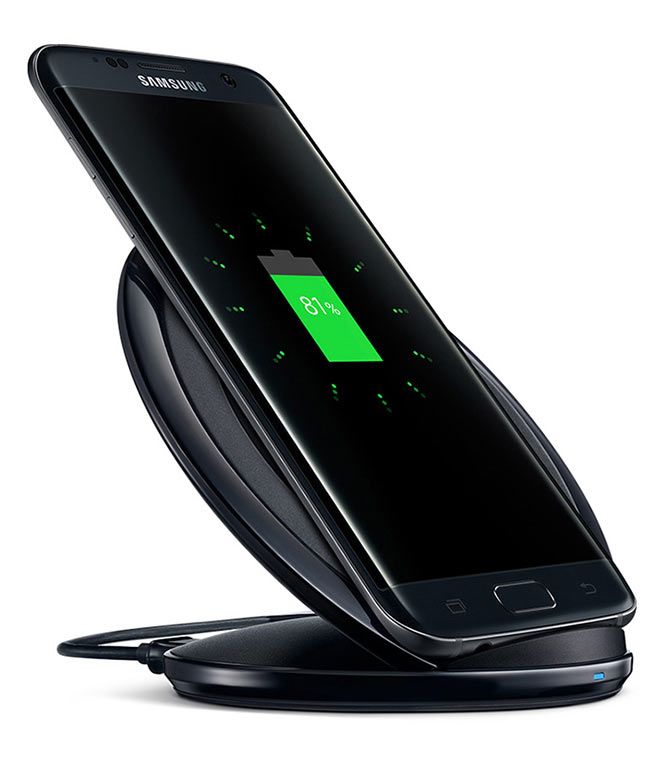
Apart from the LTE connectivity, there is no dearth of options on the shiny new flagship device. Users get to enjoy the WiFi (b/g/n/ac), Bluetooth (ver 4.2), NFC, and GPS (with GLONASS).
It was a pleasant discovery to find the USB OTG being available as well. Maybe an Infra Red blaster option would have made the purists go ga-ga, but sadly, that was not to be.
Operating system
Galaxy S7 comes sporting Samsung's Touchwiz, with Android Marshmallow (ver 6.0.1) as its underlying operating system.
Despite the recent praises for Samsung's remodeling of Touchwiz, we have a decently sized skin on the S7. The OS on the phone takes a tad bit more than 7 GB worth of space.
Yes, Samsung has indeed included a good number of preloaded apps. Though a good bunch of these apps can be uninstalled, there are quite a few which can only be disabled. Microsoft's Office suite being one of them. While the suite is useful and an essential to many, same cannot be said for apps like S
Health, S Planner etc. These can be easily substituted for more useful ones from the PlayStore. The Gear Watch Manager also comes pre installed.
On the leftmost panel, users get the Samsung's take on news aggregator in the form of Flipboard. One receives curated content through this service, which is pretty much an RSS feed service. Samsung also has included 'Galaxy Essentials' which provides theming options and choicest of apps for download.
Users can get rid of this if they are not into such adventures.
Interestingly, Samsung also has provided an 'experimental' take, which includes the option of resorting to a layer user interface. This essentially removes the app drawer, and splashes the icons on the home screen.
There is also the My Galaxy App, which carries the Samsung concierge service. Users can obtain appointments, chat with representatives/customer support, schedule pick up or drops apart from the getting various shopping offers. While this sounds pretty useful, only sustained usage will tell us how
essential this app will turn out to be.
Performance
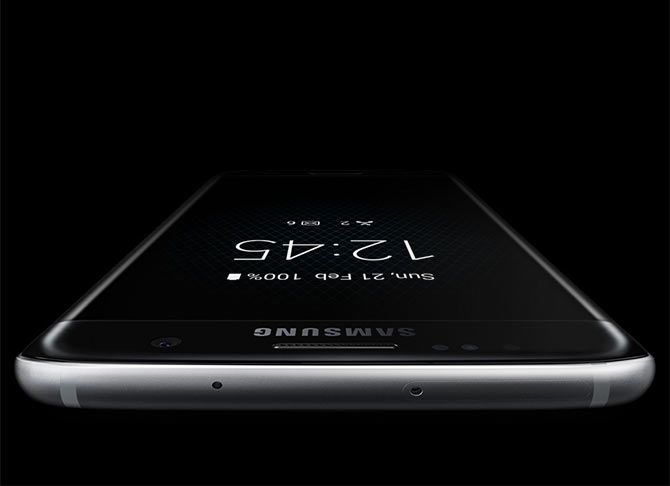
With the phone being chock-a-block with processing power, confirmation of real life performance looked like a formality. And indeed, the handset blazed through the tests thrown at it, with nothing making it break into a sweat.
A word of praise for the water cooling technology, as the handset remained relatively cool while going through the hoops. The strenuous tasks did raise the temperatures a wee bit, but nothing to ring the alarm bells. Launching and switching between the apps, running HD games and video files, streaming of online content, everything went buttery smooth.
The finger print scanner also is a delight to use. While it is not as zippy as that on the Nexus 6P, it doesn't disappoint. The speaker did however make us wonder if Samsung could have used a slightly better unit. It was loud, but the handset deserved a slightly better fidelity.
Camera
Pulling a surprise here, Samsung actually went ahead with a 12 MP camera instead of the 16 MP from Galaxy S7's predecessor. While this may have raised eyebrows, the fact that the pixel sizes have been made bigger, more than compensates for the reduced count. Samsung calls it Dual Pixels.
Add to this fresh take, the aperture size has been made f/1.7. Which means more light available for the photographers. Add Optical Image Stabilisation to the mix, and this heads in one direction only: Better Image Quality.
The photographs taken during the daytime came out with what is now expected from a Samsung flagship phone. There were lots of details, vivid looking colours, great contrast thrown in, and OIS chipping in nicely to boot. The auto-focus lock established itself quickly, and a double tap of the home button launches the camera app instantly to capture the passing moments quickly.
The image captured indoors or with less ambient light came out pretty good as well. Even with the slightest of ambient light, the level of detail captured was brilliant. There was presence of noise, but nothing to spoil the mood. Seems like that the Dual Pixel move has paid off, as the low light photography definitely is a strong point with the latest Galaxy phones.
As for the videography, users get the 4k video recording option, the 1080p capturing at 60 fps, and the slow motion capture too is available at 720p. The videos come out crisp when captured with ample light around. For the videos captured otherwise, the noise presence is there, but not at the level to make it look messed up. The focusing had to be reassigned at times, but this is not a one off instance in the world of mobile phones.
The camera app comes loaded with modes and filters. The prosumers can look forward to capturing in RAW, tweaking options like ISO, white balance, shutter options etc, while more casual shooters will like the other nine modes which come included. The Virtual shot, Slow motions, Bokeh etc makes up for
good menu to select from.
Motion photo is a take on Apple's Live photo, where users can get a bit of live action saved around the actual moment. The camera app looks simple at first, but dig a little around, and all the options are presnt there to explore.
The 5 MP front facing camera is no slouch, and actually gets some true tone selfies with its wide angled lens. The ability to snag videos at 1440p only adds to its sheen.
Overall, the camera on the Galaxy S7 is pretty much gold dust. The camera with its night photography prowess alone would make people upgrade earlier than planned.
Battery
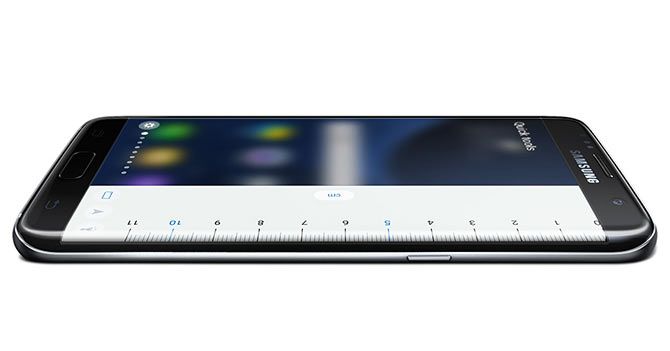
While the non user replaceable 3000 mAh battery might not win some people over, Samsung has done a phenomenal job with the battery back up. The regular usage pattern sees the phone lasting a day and a half, while the more heavy users will easily make it through the day. The 'regular' power saving mode, and the 'Ultra' power saving mode provide extra assurance. The latter making everything reduced to bare minimum, monochromatic display included.
There is the fast charging option included, which charges about 70 per cent of the battery in 30 minutes, while a complete hour's worth of charging brings the battery to a complete 100 per cent charge. Definitely a good reason for the regular backpackers to pick this phone up.
Finally, with the wireless charging option being included in as well, Samsung surely has provided all the bells and whistles in this segment. A kudos is definitely in order!
Verdict
The Galaxy S7 is one of the most polished product to have been released by Samsung. One can complain about the bundling of extra apps, but that is a small price to pay for owning a powerhouse which has all the major bases covered.
Be it ergonomic designing, a crisp display, fantastic camera, or the impressive battery battery back-up, Samsung has gone all out and improved upon the features the earlier iterations boasted of. The compatibility with the Gear VR headset only makes the option look that much more compelling. At a price point of Rs 48,900, there are very few products which can compete with the S7.
Those who have a thing for the curved display, can opt for the Samsung Galaxy S7 Edge by paying some more, or those who like the idea of a modular mobile phone should wait a bit longer for the LG G5 to show up. The ones with a penchant for the radio, there is the Sony Xperia Z5. But the bottom line is, that Samsung Galaxy S7 is placed well in front as far as the current competing flagship mobile phones are concerned.

